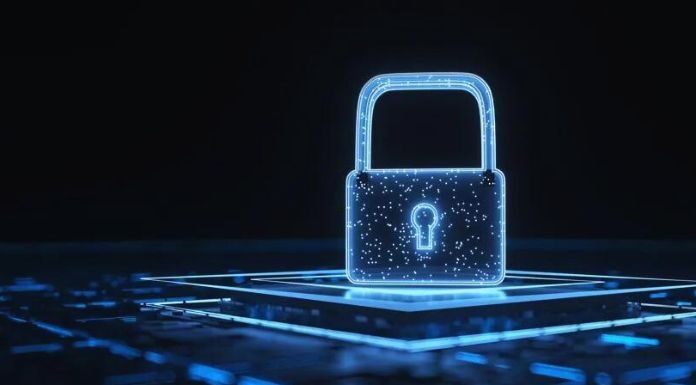Networking In Hybrid Environments
A key trend over the last few years has been that the world is becoming “horizontal,” meaning that cloud, on-premise server, and edge technologies are increasingly shared, with each application showing its strengths even in hybrid solutions. Nothing changed about that.
However, over the last year, it has become clear that the question of network architecture is individual for each user. Internal resources, policies, and external factors such as local and international regulations must be considered when setting up a network architecture. As “connected” solutions have become the norm, we expect that most video security solutions will eventually be hybrid.
Cybersecurity In The Zero Trust Network
The billions of connections between devices, networks, and data centers have made securing a perimeter around an organization almost entirely obsolete. The existing boundaries have become permeable, and a new standard security approach has emerged: zero-trust networks. The Corona pandemic has played a central role here, as flexible working models mean more devices are connected via the public internet than ever before.
Zero-trust networks mean that the security profile of every device that connects to a network is assessed individually. This has a significant impact on the area of video security. Signed firmware, regular software updates, secure booting, encrypted data, and secure digital identities will become fundamental factors. It will no longer be “nice to have” but an absolute must-have.
The Authenticity Of Video Material
The authenticity of video material is increasingly being questioned due to increasingly sophisticated manipulations and deep fakes. A video stream, therefore, requires a digital signature at the time of recording. This provides clear evidence that a specific camera recorded the video and has stayed the same since then. Therefore, the entire security industry must initiate joint initiatives to standardize the assurance of the authenticity of video material, ideally based on open-source software.
Acceptance Of AI Is Growing
Even though we all already use AI and deep learning-based services daily, artificial intelligence still needs to be part of this trend forecast. Axis continues to believe that the technology should not be regulated, but the use cases should be. Legislation and regulations regarding developing and using AI-based technologies and applications should be drafted at local, regional, and international levels.
While we remain optimistic about the potential of AI and deep learning for video security, we expect to see an even greater focus on initiatives that ensure AI is used ethically. By further integrating AI into the most fundamental layers of the technology, the system-on-chip (SoC), it will be used to improve and optimize all aspects of video security performance, from camera configuration to image quality to analysis.
The Pandemic As A Catalyst
The long-term effects of the coronavirus pandemic manifest themselves in different ways: On the one hand, the pandemic has been a catalyst for contactless technologies and the use of intelligent video technology to ensure that social distancing and public health guidelines are adhered to.
In the technology sector, the pandemic also leads to supply chain problems, limiting the production and procurement of critical components for specific products. The strong interconnectedness between industries and different countries has meant that the global shortage of semiconductors remains a significant challenge in many sectors, from consumer technology to automotive manufacturing. As a result, many companies have publicly expressed their desire to develop their semiconductors or system-on-chips (SoC).
5G Is Finding Its Place
While much of the hype around 5G focuses on improving network performance for consumer applications, one of the more exciting areas is how private 5G networks are emerging as a use case for enterprise technology. Private 5G networks have real potential for video security solutions at large or diverse customer sites.
The new cellular standard will enable companies to connect IoT devices on a larger scale and improve decision-making through real-time data aggregation and analysis. 5G also offers significant advantages for cybersecurity, especially the security of the individual components in a network.
Also Read: What Is IT Security In Public Administration?


